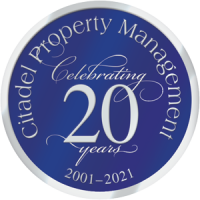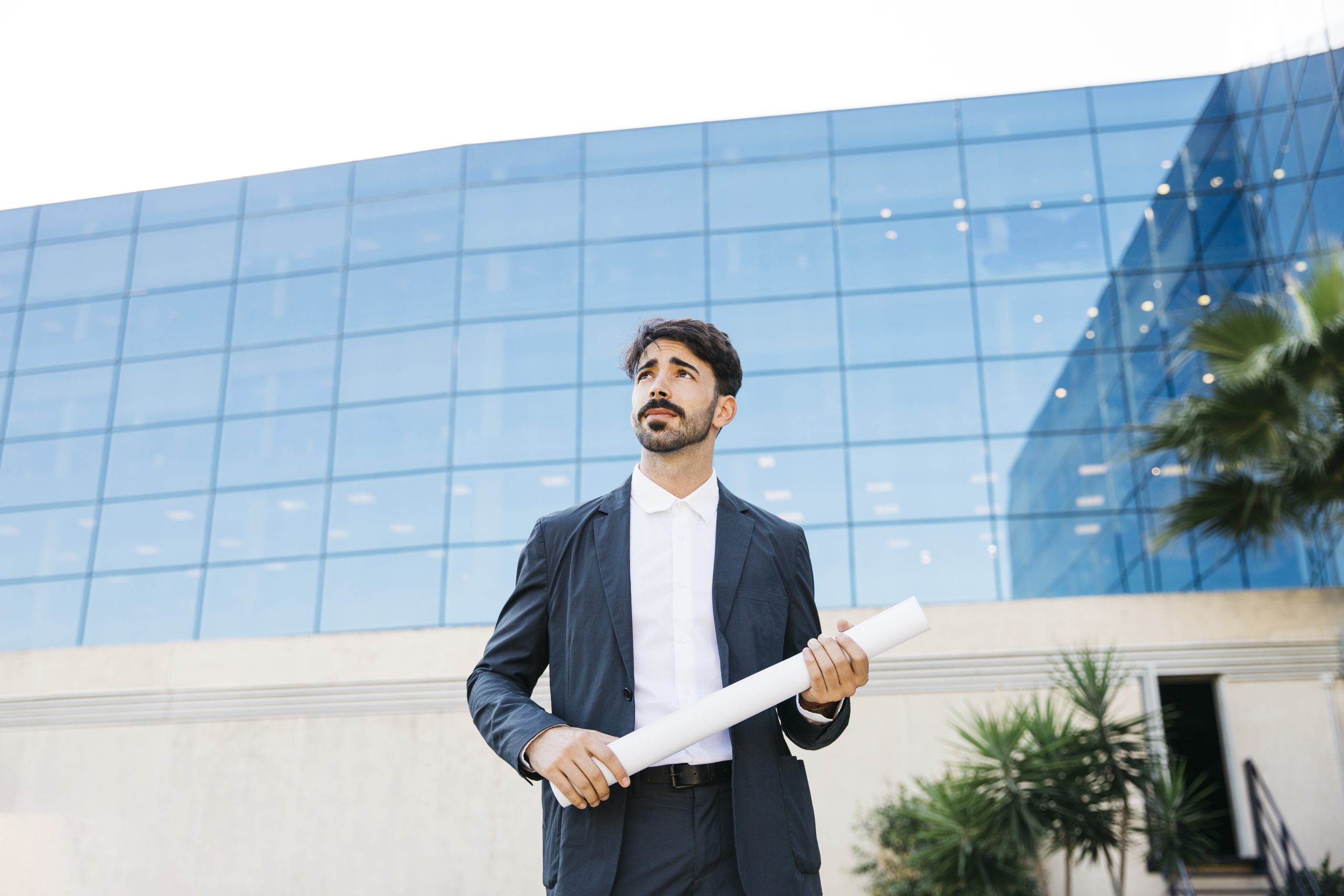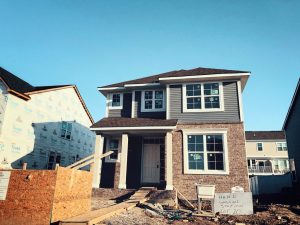Managing property in New York City is not the same as managing property anywhere else. From strict local regulations and tenant laws to complex building systems and high tenant expectations, NYC property ownership comes with unique operational challenges. This is why choosing the right property management partner is one of the most important decisions a property owner can make.
Whether you own a residential building, a mixed-use property, or a commercial space, this detailed owner’s checklist will help you evaluate and choose the best property managers in New York City based on experience, capabilities, and long-term value.
Why Choosing the Right Property Management Company Matters in NYC
New York City operates under one of the most regulated real estate environments in the country. Property owners must comply with city, state, and federal regulations while ensuring tenant satisfaction and operational efficiency.
Professional property managers in New York handle responsibilities such as:
- Tenant relations and lease administration
- Maintenance coordination and vendor management
- Rent collection and financial reporting
- Compliance with NYC housing laws and safety regulations
- Day-to-day building operations
Owner’s Checklist: How to Choose the Best Property Managers in New York City
1. Proven Experience in New York City Property Management
NYC real estate requires local expertise. The property managers understand borough-specific challenges, building codes, and regulatory nuances.
When evaluating a property management company, confirm:
- Experience managing properties specifically in New York City
- Familiarity with residential, commercial, or mixed-use buildings similar to yours
- Knowledge of NYC agencies, compliance requirements, and inspection processes
Local experience ensures smoother operations and fewer costly mistakes.
2. Comprehensive Real Estate Management Services
A reliable real estate management firm should offer end-to-end services rather than fragmented solutions. This helps maintain consistency and accountability.
Key services to look for include:
- Lease administration and tenant communication
- Maintenance planning and emergency response
- Vendor coordination and service quality monitoring
- Rent collection and financial oversight
- Regulatory compliance support
A full-service approach allows owners to focus on asset growth while professionals manage daily operations.
3. Strong Understanding of NYC Building Management
Effective NYC building management goes beyond basic maintenance. Buildings in New York often have aging infrastructure, complex systems, and multiple stakeholders.
Your property manager should demonstrate expertise in:
- Preventive maintenance planning
- Elevator, HVAC, and fire safety coordination
- Capital improvement oversight
- Building inspections and compliance readiness
Strong building management protects property value and ensures uninterrupted operations.
4. Transparent Communication & Reporting
Clear communication is a hallmark of the best property managers in New York City. Owners should never feel disconnected from their assets.
Ask about:
- Frequency and format of performance reports
- Financial transparency and expense tracking
- Response time for owner and tenant inquiries
- Dedicated point of contact
Consistent reporting builds trust and enables informed decision-making.

5. Regulatory & Compliance Expertise
NYC property laws are complex and constantly evolving. Professional property management New York firms stay updated on local requirements to minimize legal risk.
Ensure your property manager understands:
- Local housing regulations and compliance obligations
- Building safety standards and inspection protocols
- Documentation and record-keeping requirements
Strong compliance management reduces penalties and operational disruptions.
6. Tenant Management & Retention Strategy
Tenant satisfaction directly impacts occupancy rates and long-term returns. The best property managers focus on proactive tenant engagement.
Key indicators include:
- Clear tenant communication processes
- Efficient issue resolution and service coordination
- Fair and consistent policy enforcement
- Focus on long-term tenant relationships
Effective tenant management leads to lower turnover and stable rental income.
7. Facilities Management Capabilities
For commercial and mixed-use properties, integrated facilities management NYC is essential. Facilities management ensures operational continuity and safety.
A qualified management company should handle:
- Daily operational oversight
- Vendor coordination for cleaning, security, and utilities
- Emergency preparedness and response
- Asset performance monitoring
This holistic approach improves building efficiency and tenant experience.
8. Financial Management & Budget Oversight
Strong financial control separates average managers from the property managers in New York City. Owners should expect accuracy, transparency, and accountability.
Evaluate their approach to:
- Budget planning and expense forecasting
- Rent collection processes
- Vendor cost control
- Financial reporting and audits
Effective financial management supports sustainable property performance.
9. Technology & Operational Efficiency
Modern real estate management NYC relies on technology to improve efficiency and transparency.
Ask whether the property manager uses:
- Digital reporting tools
- Maintenance tracking systems
- Secure payment platforms
- Data-driven performance monitoring
Technology enhances responsiveness and simplifies owner oversight.
10. Scalable Solutions for Growing Portfolios
If you plan to expand your portfolio, your property management partner should scale with you. The property managers in New York City support long-term growth.
Look for:
- Experience managing multi-property portfolios
- Flexible service models
- Strategic guidance beyond daily operations
A scalable partner becomes a long-term asset rather than a short-term vendor.
Making the Right Choice as a Property Owner
Choosing the right property management company in New York City is not about finding the cheapest option, it is about selecting a reliable partner who protects your investment, ensures compliance, and improves long-term performance.
By using this owner’s checklist, property owners can confidently evaluate and select the best property managers NYC based on experience, operational strength, and transparency.
Professional property management New York services simplify ownership, enhance tenant satisfaction, and help properties perform efficiently in one of the most demanding real estate markets in the world.














